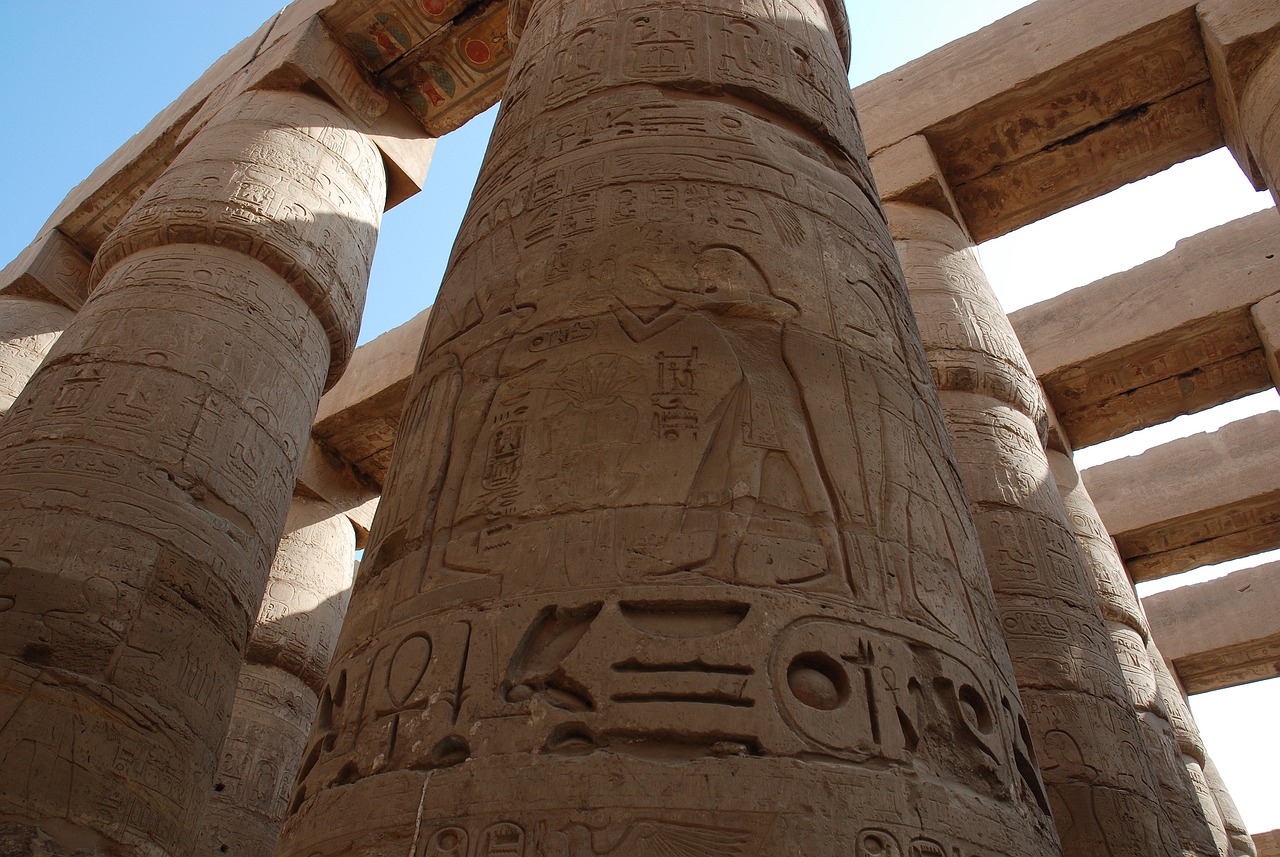The Secrets of the Temple of Karnak
Hidden amidst the sands of ancient Egypt lies the enigmatic Temple of Karnak, a sprawling complex shrouded in mystery and steeped in historical significance. Built over centuries, this temple stands as a testament to the ingenuity and devotion of the ancient Egyptians, offering a glimpse into their architectural prowess and religious fervor.
As you step into the hallowed grounds of Karnak, you are immediately transported back in time, surrounded by towering columns, intricate hieroglyphics, and statues that seem to whisper tales of a bygone era. Each stone, each carving, holds a secret waiting to be unraveled, a piece of the puzzle that reveals the grandeur of this ancient civilization.
The very air within Karnak is charged with a sense of awe and wonder, as if the spirits of pharaohs and priests still linger among the ruins, guarding the temple's secrets with eternal vigilance. From the majestic Great Hypostyle Hall to the tranquil Sacred Lake, every corner of Karnak exudes a sense of reverence and mystery that captivates all who dare to explore its depths.
But what lies beneath the surface of this ancient marvel? What stories are etched into the walls, waiting to be deciphered by those who seek to unveil the mysteries of Karnak? Join us on a journey through time and space as we delve into the secrets of the Temple of Karnak, where history and legend intertwine to create a tapestry of wonder and fascination.

History of Karnak Temple
The history of Karnak Temple is a fascinating journey through the annals of ancient Egyptian civilization. Built during the Middle Kingdom, around 2055 BC, Karnak started as a modest shrine dedicated to the Theban triad of Amun, Mut, and Khonsu. However, it was during the New Kingdom that Karnak truly flourished. Pharaohs like Tuthmosis I, Amenhotep III, and Ramesses II expanded and embellished the temple complex, transforming it into a grand center of religious worship and political power.
One of the most significant rulers in Karnak's history was Pharaoh Amenhotep IV, later known as Akhenaten, who attempted to shift Egypt's religious focus to the worship of the sun disk Aten. This period of religious upheaval left its mark on Karnak, with Akhenaten defacing the names of Amun and other traditional gods throughout the temple complex.
Following Akhenaten's reign, the succeeding pharaohs, notably Tutankhamun and Horemheb, worked to restore the worship of Amun and revive Karnak's former glory. The temple continued to be expanded and enhanced by subsequent rulers, such as Seti I and Ramesses II, leaving behind a legacy of architectural marvels and religious significance that endure to this day.

